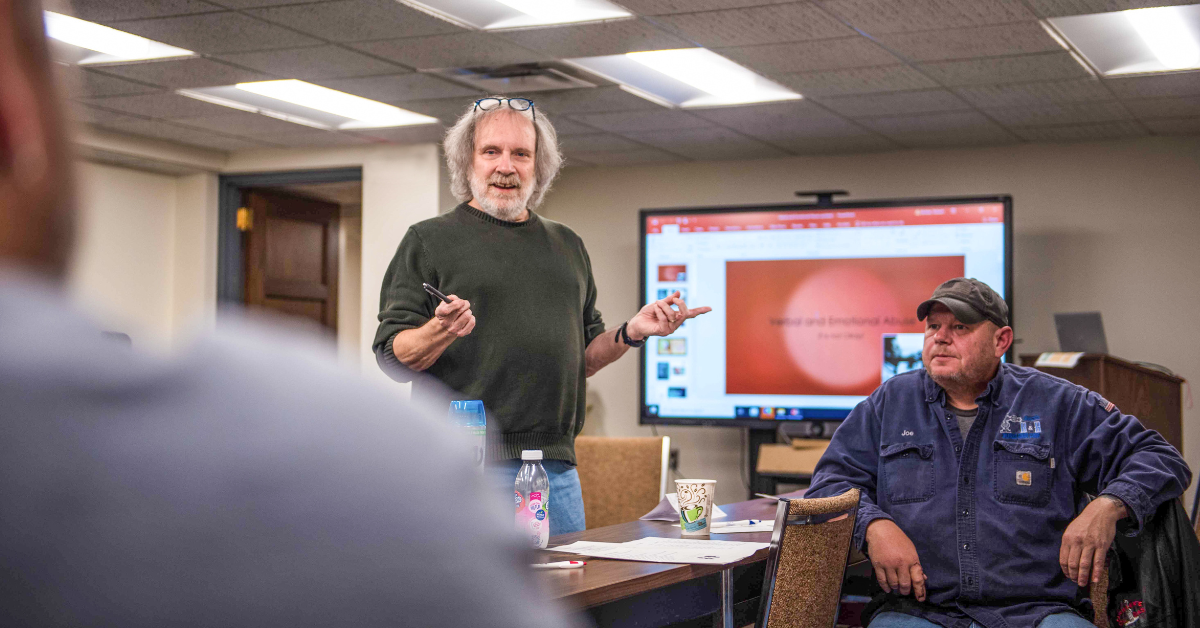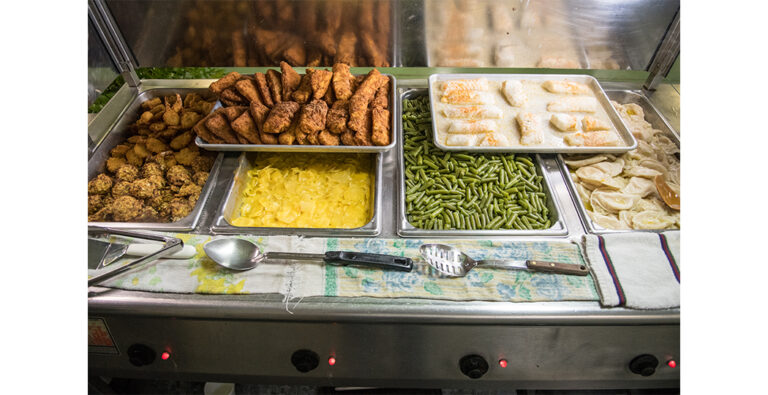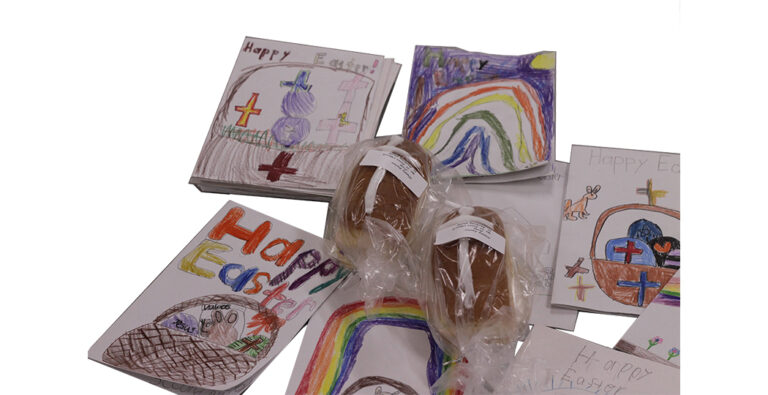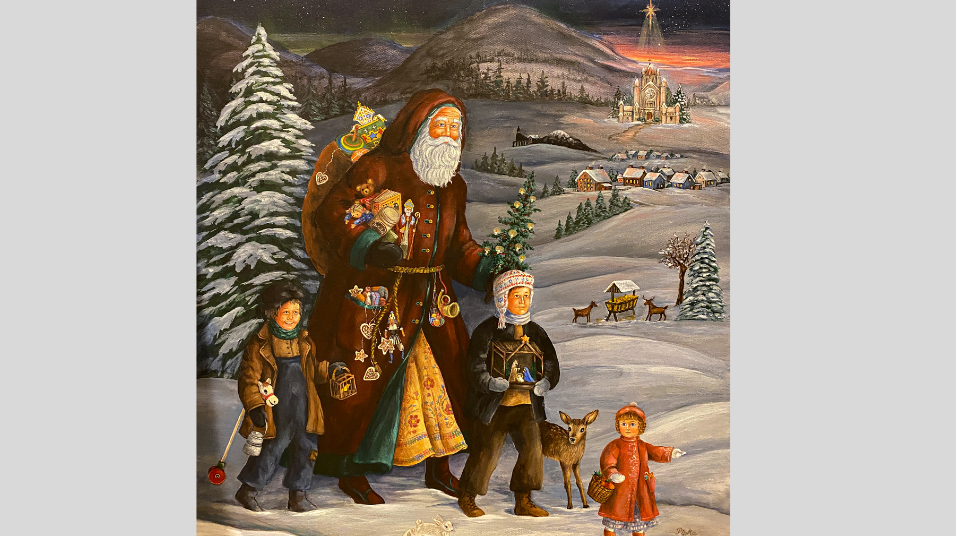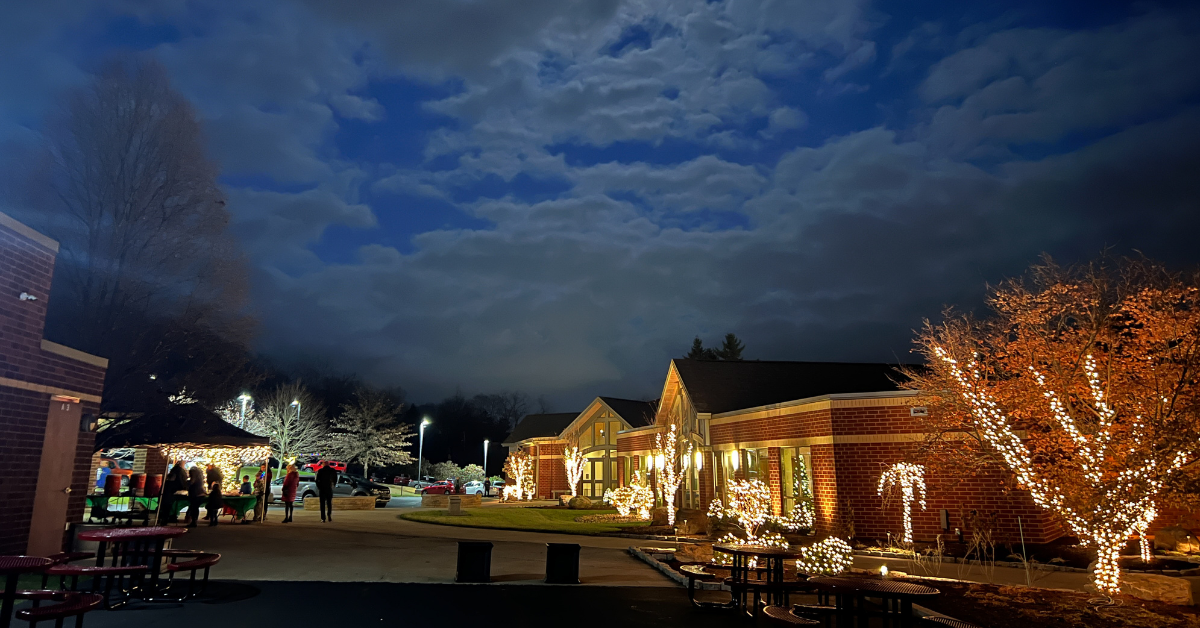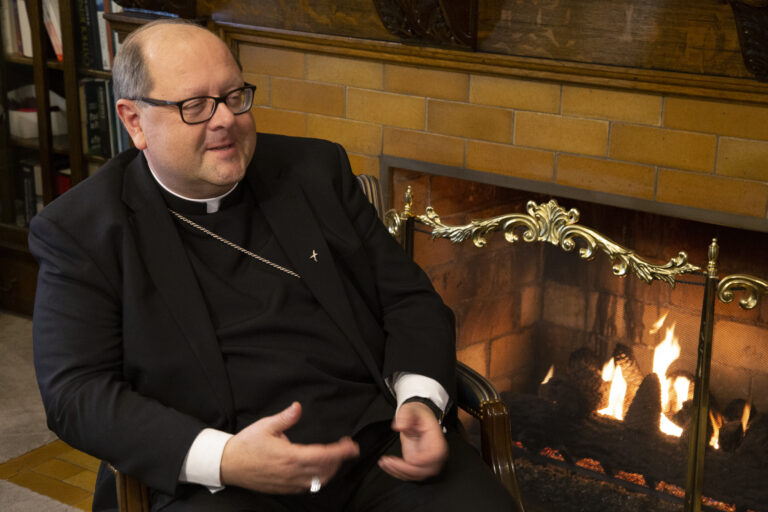
By Jennifer Miele
Jennifer Miele is Chief Communications Officer and Managing Directorof Evangelization.
A message from the writer:
 Nearly 600 years before the birth of Christ, the prophet Ezekiel ate a scroll handed to him by God, hoping to internalize the Lord’s message so he could proclaim the Word to the world. At every Mass, God is asking all of us to take a metaphorical bite of the Bible. He wants us to open our minds and our hearts during the Liturgy of the Word and really hear what is being said. It is sometimes easy to minimize the first part of the Mass because we are so focused on the upcoming Liturgy of the Eucharist. It is important to remember that God is present in both the Liturgy of the Word and the Liturgy of the Eucharist. In the Word we explore what we need to grasp about Christ’s mission and what we are called to do as His followers.
Nearly 600 years before the birth of Christ, the prophet Ezekiel ate a scroll handed to him by God, hoping to internalize the Lord’s message so he could proclaim the Word to the world. At every Mass, God is asking all of us to take a metaphorical bite of the Bible. He wants us to open our minds and our hearts during the Liturgy of the Word and really hear what is being said. It is sometimes easy to minimize the first part of the Mass because we are so focused on the upcoming Liturgy of the Eucharist. It is important to remember that God is present in both the Liturgy of the Word and the Liturgy of the Eucharist. In the Word we explore what we need to grasp about Christ’s mission and what we are called to do as His followers.
The New and Old Testament readings: Put on your metaphorical hearing aid!
When we fully participate in the Mass, we should be really listening to the Word of God and allowing it to sink in, so that when we receive Jesus in the Most Blessed Sacrament, through the grace that God provides us, and the power of the Holy Spirit, we are able to conform our lives in the likeness of Christ.
Most Catholics already know that the Liturgy of the Word, in most cases, begins with two readings, one each from the Old and New Testaments. The Old Testament books were written about 1,500 years before the birth of Jesus. They recount everything from the story of creation and God’s powerful works for His people to the prophecies foretelling the coming of the Messiah. The New Testament books were written between AD 50 and AD 150, focusing on the life of Jesus and His teachings and chronicling the spread of the Gospel message.
But what you may not know is that the same readings are heard in every Catholic Church throughout the world on any given day. The Lectionary is designed to provide the faithful with many of the readings from the totality of sacred Scripture over a three-year cycle, debunking the myth that Catholics do not really hear or read the Bible.
“We’re told as Catholics that we don’t know the Bible. Well, I think more and more Catholics are coming to a deeper understanding of the Bible,” said Father Lawrence L. Manchas, Pastor of St. Bruno Parish and St. Paul Parish, Greensburg.
Father Manchas said these important messages from God are a vital part of why we attend Mass.
“I wear a hearing aid, and I’ll be honest with you, if I forget my hearing aid, it’s very hard for me to hear. By the same token, we have to really look at ourselves and say, ‘What can I do to hear better what is being read and proclaimed?’ Maybe it’s time for all of us to put on our own metaphorical hearing aids,” he said.
Many parishes, as well as the United States Council of Catholic Bishops website, publish the list of readings for daily and Sunday Masses, and it might be a good idea to pre-read them before coming to Mass.
Gospel reading: A place of honor
After Jesus ascended into heaven, his apostles continued their work proclaiming the Word of God. Guided by the Holy Spirit, a former tax collector, an evangelist, a doctor and a teenager went on to write the four Gospels and became St. Matthew, St. Mark, St. Luke and St. John.
The Gospels of Matthew, Mark and Luke are the synoptic Gospels, because when viewed side by side, there are
many similarities, as if seen with one eye! The Gospel of John is styled differently. It does not follow the same order nor tell the same stories, but instead focuses on who Jesus was.
“The reading of the Gospel is the central part of the Liturgy of the Word.
It tells us the message of Christ and His life and teachings, which are all things that are essential for our salvation,” Bishop Larry J. Kulick said. “Throughout the Gospel we hear not only how Jesus calls his disciples but how He calls each and every one of us every day of our lives to live in tune with God’s words and His commands, and how we are called to imitate the example that Jesus gave us.”
Prayers of the Faithful: We cannot do it alone
The Liturgy of the Word is meant to be a “call to action” in our daily lives. If we really are listening to the Word of God and it truly is resonating in our hearts, we know we have to live out Christ’s mission. And so we come to the point where we know we need God’s help and intervention in our lives. Known by Catholics as the Prayers of the Faithful or the Universal Prayers, the Intercessions is the time during each Mass when we recognize we cannot do it alone.
“It’s always pleasing to God when we reach out to Him, because so many times in our lives we face things that we cannot control. We need to do it with each other and with God,” said Father Anthony J. Klimko, Pastor of St. Joseph, St. John, St. Mary (Nativity) and St. Therese, Little Flower of Jesus Parishes in Uniontown.
“I can remember reading the Prayers of the Faithful as a kid for the first time in second grade at my first holy Communion. I was so nervous I memorized every petition. I still have that paper, too; it’s in my little rosary case,” Father Klimko said.
The Intercessions are read at every Mass and often ask God for help in strengthening our religious and civic leaders, for those who are sick, for our deceased who need God’s mercy and love to make that final journey into heaven, and for the prayers we hold in the silence of our hearts.
“It’s a beautiful transition from listening to God’s Word to expressing our needs to Him,” Father Klimko said.
The homily: Breaking Open the Word
The homily is yet another opportunity for us to allow the Word of Jesus Christ to be infused into our hearts and minds. Homilists have extensively studied the teachings of Jesus as a model for contemporary interpretation and are trained in methods of preaching for the benefit of the faith community.
Monsignor Raymond E. Riffle, Vicar General of the Diocese of Greensburg and Rector of Blessed Sacrament Cathedral Parish, Greensburg, said to really break open the Word, good homilists examine each of the readings at the Mass and the intentionality of the Church in putting them together at a particular liturgy. The homilist adds to that his own understanding of the stories and teachings and prays about what Jesus is saying to him personally.
“Something that I have always done is to try to put into one sentence what I would like to get across in the homily. A writer would call this a topic sentence, which is key for every good work that was ever written,” Monsignor Riffle said.
No two humans experience exactly the same thing, and although many are parallel experiences, our issues, concerns, fears, anxieties and temptations are all similar but unique to each of us. That said, our common humanity and the summons of Christ give us a foundation to gather together as a congregation to better learn about his teachings.
“Having one primary point to pass on to the people to take away is, I think, what every good homilist should try to do. Asking ourselves, ‘What is Jesus saying to me today?’ That’s really the culmination of this collective information that we receive.”
In particular, the proclamation of the Gospel is surrounded with marks of respect and honor. The Gospel is read by an ordained minister, either the deacon or, when no deacon is present, by the priest. The Book of the Gospels is carried aloft with honor in the entrance procession of the Liturgy and placed on the altar until the Gospel reading to show the unity of Scripture with the Eucharist.
Just before the Gospel is read, the Gospel book is carried in procession from the altar to the ambo to the accompaniment of an acclamation sung by the people; it may be incensed before the reading, and it is kissed at the conclusion of the reading. Finally, all stand as the Gospel is proclaimed. Through this posture and through the honor paid to the book containing the Gospels, the Church pays homage to Christ who is present in his Word and who proclaims his Gospel.
— From the United States
Conference of Catholic Bishops
- Tags:
RELATED STORIES

Catholic Daughters of the Americas, Court St. Bernard Education Contest Awards
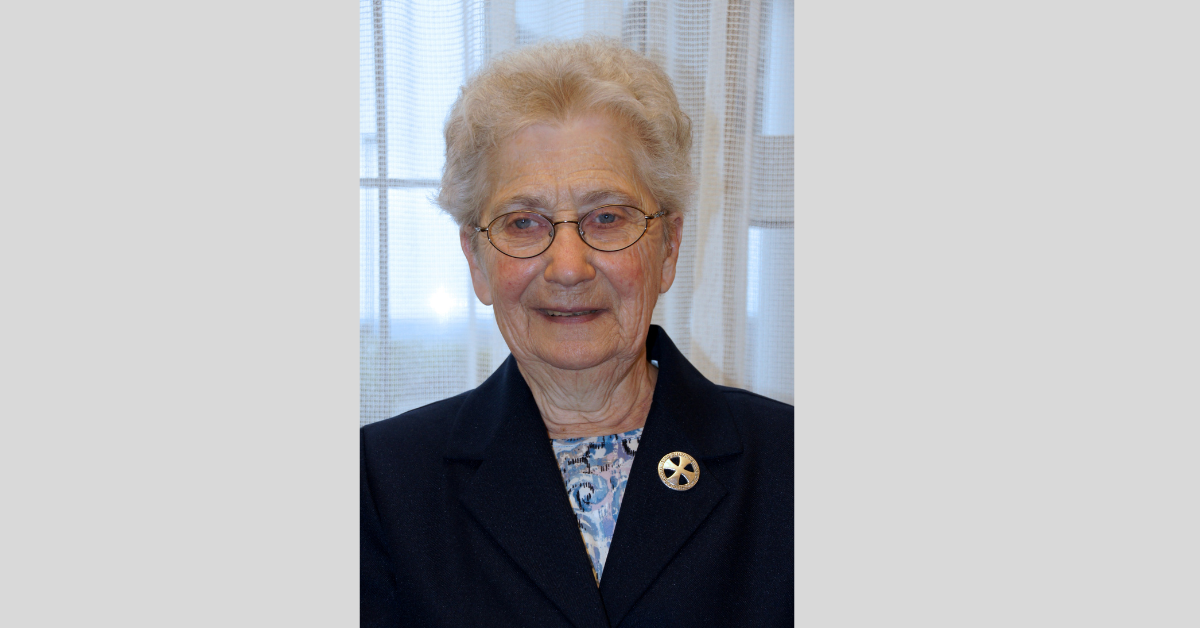
Sister Mary Jean Petrarca, SC, age 91, entered eternal life April 19, 2024 in her 72nd year of religious life

Cardinal: Vocation is call to happiness; right path is discerned in prayer

Catholics Participating in National Eucharistic Pilgrimage and the National Eucharistic Congress Have Opportunities to Receive Plenary Indulgences
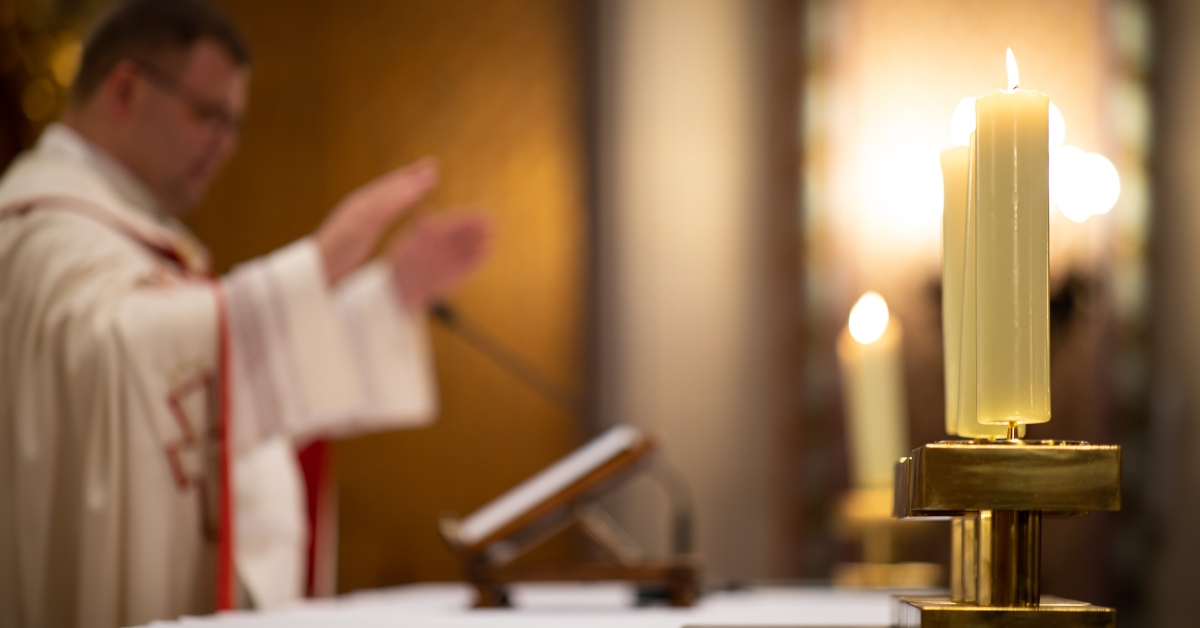
New Survey of Men Being Ordained to the Priesthood Underscores the Significant Influence of Parents on Children’s Vocational Discernment
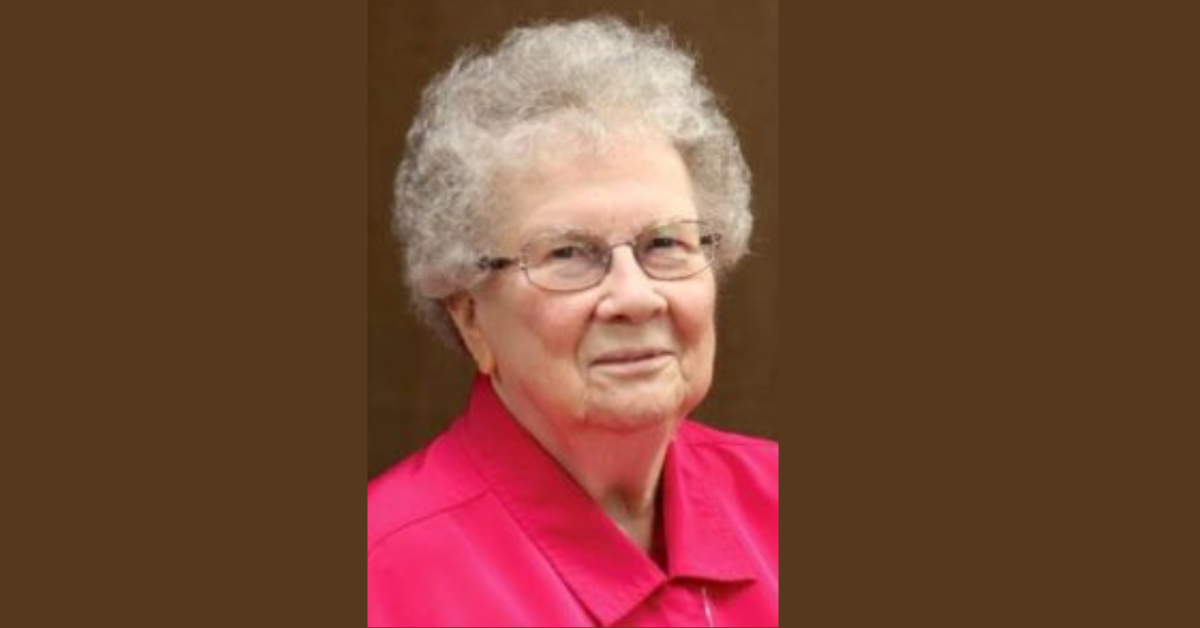
Sister Grace Snyder, a Sister of Saint Francis of the Neumann Communities – Millvale, after 76 years of religious life.
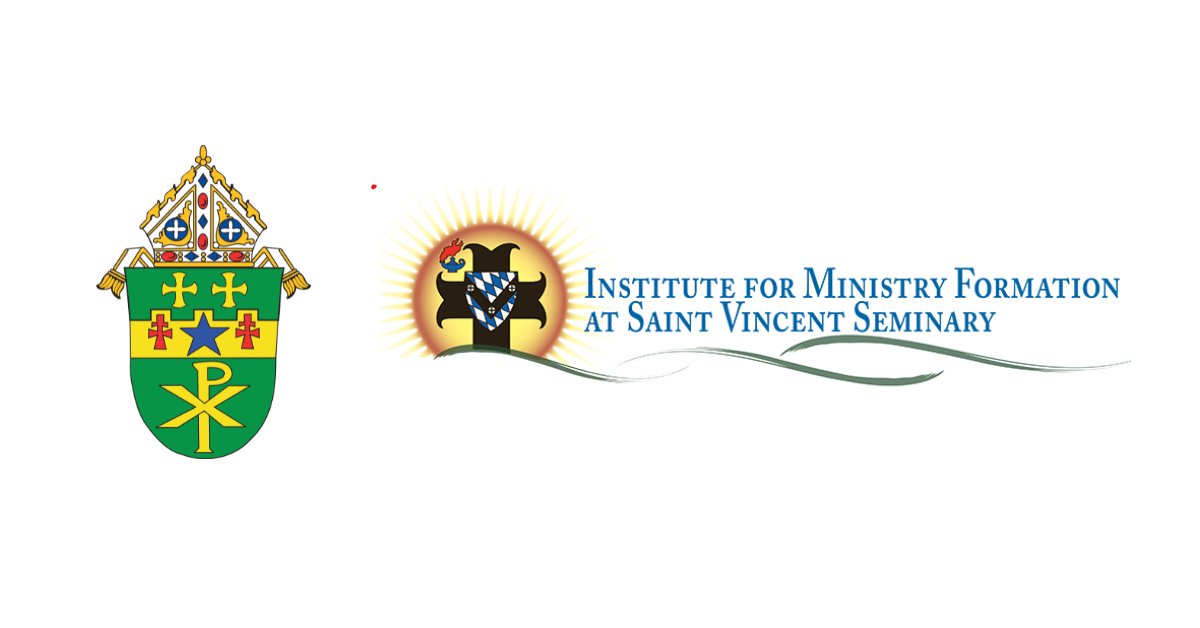
Diocese, Saint Vincent Seminary's IMF partner for formation program
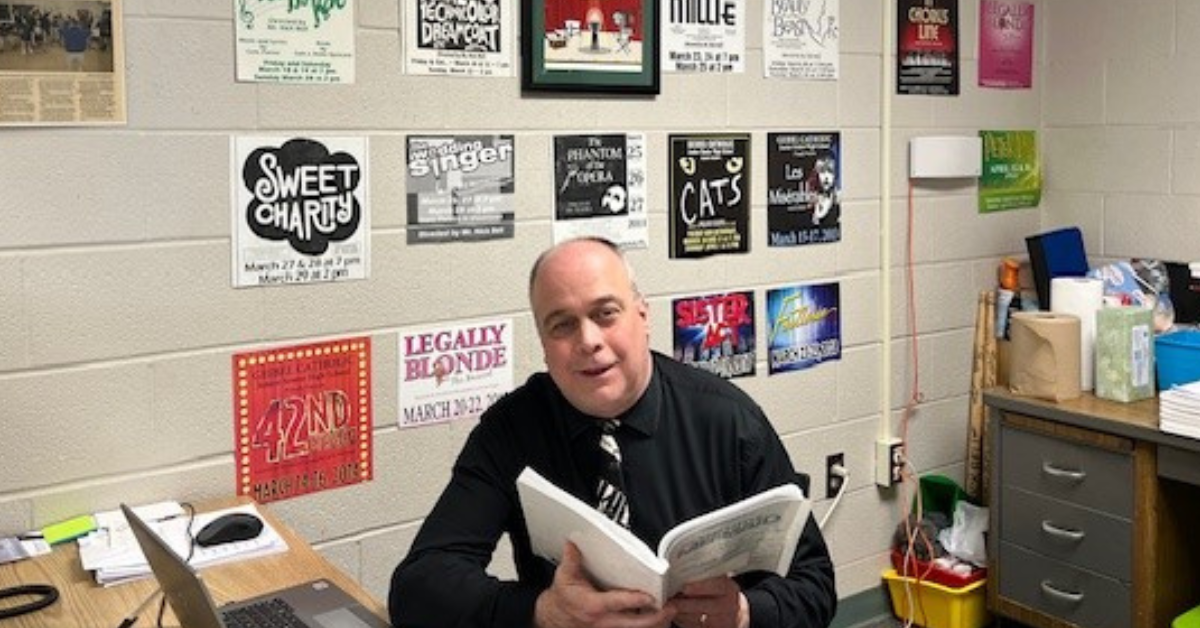
Geibel Catholic's Bell marks 25 years of musicals

At Aquinas Academy, teamwork turns trash into treasure
